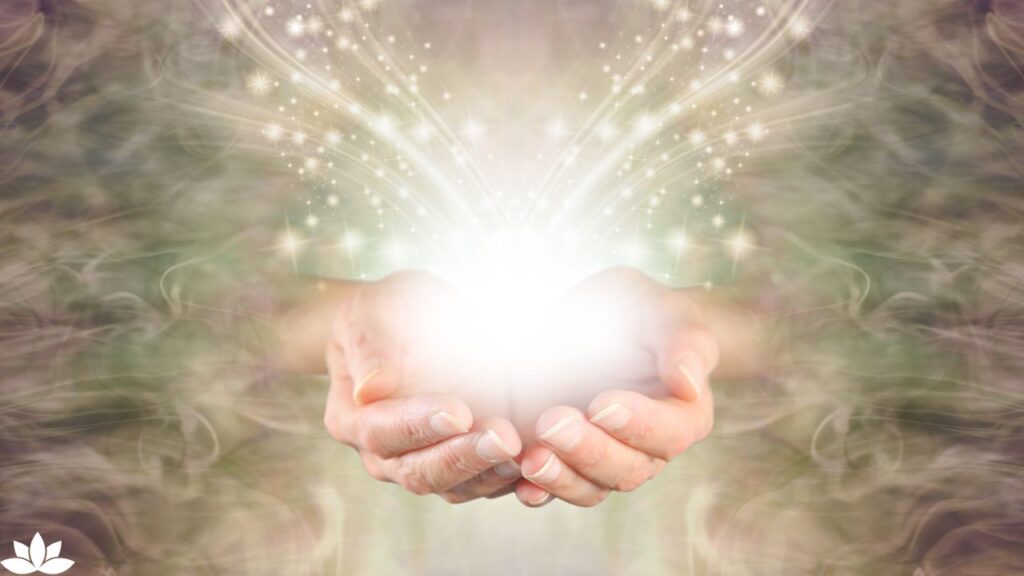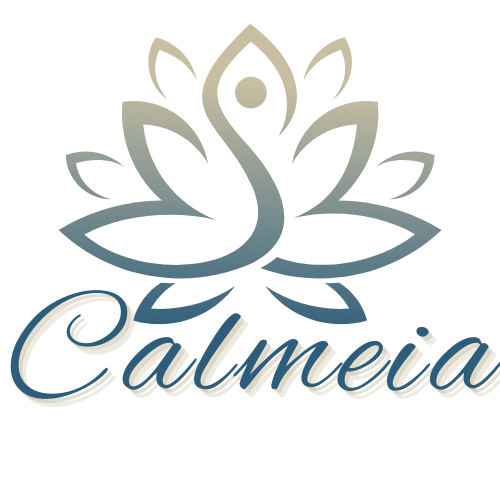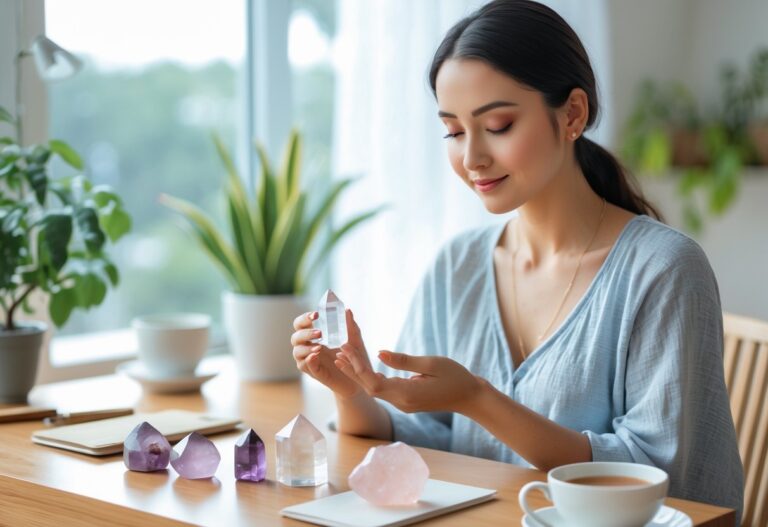During a 20-minute Reiki session, your body starts to relax as energy flows into spots that could use a little balance. You might notice warmth, tingling, or just a sense of calm—kind of like your energy is quietly shifting around to help you heal and unwind.
The practitioner uses a light touch or hovers their hands just above your body, guiding this energy where it’s needed.

Your nervous system can slow down, dialing back stress and letting your body start to restore itself. Even in a short session, you might walk away feeling a bit lighter and more centered, as if your body’s natural healing is getting a little nudge.
You’re always in control, and somehow, your body seems to know exactly where that energy should go.
Key Physical and Emotional Effects During a 20-Minute Reiki Session
In a 20-minute Reiki session, you’ll probably notice a mix of physical and emotional effects. Changes in energy flow, deep relaxation, and emotional shifts can all show up.
Knowing about these reactions can help you get a sense of what your body and mind are up to during healing.
Immediate Sensations and Relaxation Response
When the session begins, you might feel warmth or tingling where the practitioner’s hands hover or rest. That’s just the healing energy moving through your system.
Muscles may soften, tension might let go, and a gentle wave of calm can move through you. Breathing often slows down, and your heartbeat might feel a bit steadier.
This is your nervous system shifting into rest-and-digest mode, which is honestly a welcome break for most of us.
Emotional Release and Shifts
Sometimes, emotions bubble up out of nowhere—maybe sadness, relief, or even unexpected joy. Reiki can clear blocked energy, and with it, those tucked-away feelings sometimes surface.

It’s not unusual to feel lighter or more balanced as these emotions move through. Occasionally, the emotions can feel pretty strong or come on suddenly, so giving yourself a little time after the session to process is a good idea.
Your body is just trying to find its sweet spot, and emotional shifts are part of that journey.
Physical Reactions: Headaches, Fatigue, and More
After (or sometimes during) your Reiki session, you might notice things like headaches or a wave of fatigue. These are usually just your body adjusting to the energy changes—think of it as a mild detox.
Fatigue could feel heavy or just like a gentle nudge to rest. Headaches sometimes pop up if energy is unblocking tight spots, and some folks even mention mild flu-like symptoms, though they tend to pass quickly.
If your body’s asking for rest, listen to it. These reactions are signs your system is responding, even if it’s a little inconvenient in the moment.
Energy Channel Activation
Reiki gets your energy channels—some call them meridians—more active. Healing energy flows through these paths to wherever it’s needed most.
You might notice bubbling, zinging, or warmth along your body. It’s honestly kind of fascinating.
Your body does the directing, and the practitioner just helps the energy along. This activation can stick around for hours or even days after a session, so don’t be surprised if you feel different for a while.
How Reiki Practitioners Direct Healing Energy in a Session

During Reiki, energy flows through the practitioner into your body, aiming to help it balance and heal. The process involves both the practitioner’s role and a bit of mindfulness to support the whole experience.
Role of the Reiki Practitioner and Reiki Master
The Reiki practitioner acts as a guide for energy during your session. They don’t create energy—they just help channel it.
A Reiki Master has done more advanced training, which (at least in theory) means they’re better at connecting and directing this energy.
Practitioners place their hands lightly on or just above you, letting energy flow where it’s needed. You’re always in charge of how much you receive, and the practitioner’s job is to facilitate, not force, the process.
Mostly, they’re there to keep things calm and safe, setting intentions to help your body do its thing.
Universal Energy and Energy Channeling Methods
Reiki is built around the idea that universal energy flows through every living thing. This life force—sometimes called “ki” or “chi”—can get blocked or out of balance, which isn’t great for your well-being.
During a session, the practitioner channels this energy through their hands into your body. It’s a gentle process, and you might feel warmth, tingling, or just a wave of relaxation.
They’ll use specific hand positions, either on or just above you, to help direct energy where it’s needed. There’s no physical force involved; the energy just moves in response to what your body’s asking for.
So, what’s the takeaway here? Reiki sessions, even just 20 minutes, can spark some surprising shifts—physically and emotionally. Sometimes you’ll feel lighter, sometimes just a bit more at ease, and occasionally, you might be left with more questions than answers. But hey, that’s part of the experience. If you’re open to it, Reiki might just help you reconnect with your own sense of balance, even if it’s only for a little while.
The Influence of Meditation and Mindfulness
Meditation and mindfulness, honestly, are at the heart of what Reiki practitioners do to channel energy. Before a session even starts, most practitioners settle into a meditative state, letting go of whatever might be buzzing in their heads.
This kind of focused attention? It’s what lets them connect with universal energy in a way that feels almost palpable. If you’re on the receiving end, the whole vibe can nudge you toward a deeper sense of relaxation and maybe even a bit more self-awareness than you expected.
Sometimes, you’ll be gently encouraged to try mindfulness yourself—just noticing how your body feels, breath by breath. It’s not about forcing anything, but it can open the door to emotional release and make the whole process flow a little easier.
Honestly, whether you’re a skeptic or not, there’s something to be said for the simple act of slowing down and paying attention. At the very least, it’s a rare chance to just be present with yourself for a while.



